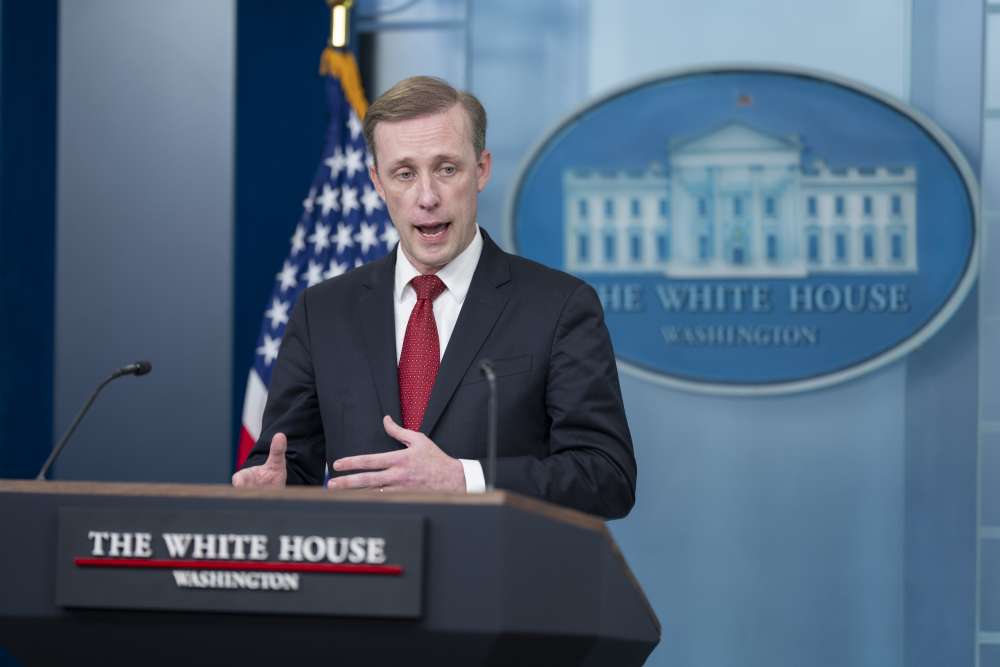E-Governance and the Provision of Public Goods in India

This interview was conducted by Mirko Hohmann and Joel Sandhu for the the Global Governance Futures 2025 program which brings together young professionals to look ahead and recommend ways to address global challenges.
GGF: Parminder, you are working on e‑governance for the Indian government. What are the opportunities and risks that arise from e‑governance in India?
PS: I am working on the implementation of the Aadhaar (Unique ID) project, probably the most important e‑governance initiative of the Indian government, one that has the potential to change the governance landscape in India in the near future. In addition, the Indian government has come up with the “Digital India Initiative” with the aim of transforming the country into a digitally empowered society and knowledge economy. An important component of this initiative is to provide every citizen of India with access to high-speed internet.
The potential of e‑governance in India is huge. Long gone are the times when governments worked on standalone computers. Today we have web portals that access remote databases through cloud services to serve people online. In fact, the concept of governance is soon going to change from e‑governance to i‑governance, where “i” will connote words like “internet-based,” “individualized” and “integrated services.” It might even be possible for governments to provide subsidies without creating any market imperfections, as, in such cases, they will not be required to provide subsidized goods for lower than market price. Instead, a government will ask beneficiaries to purchase goods at market price and will then transfer the amount of subsidy directly into the bank accounts of the beneficiary.
Imagine people in villages with access to banking facilities at their doorsteps, made possible by using point-of-sale terminals or normal android-based devices that act as micro-ATMs and replace the traditional brick-and-mortar bank branches. Imagine the Indian government managing its public services for individuals, families, villages, districts or states across the country with the click of a button. Aadhaar has the potential to usher in a near-perfect inter- and intra-departmental coordination that would serve as the basis for an ideal financial and resource planning exercise.
Aadhaar has the potential to transform the way people interact with the government. The platform could become the main economic and governance institution of India, and it could transform the service delivery and financial inclusion landscape in our country.
Such opportunities certainly bear risks as well, particularly in regards to privacy, security and misuse of personal data. Also, we lack basic human capacities for leading such a huge data-driven change as government bureaucracies are full of red tape. In addition, there would be issues related to last-mile internet access and affordability, which may delay such a transformation.
To read the full interview, please visit Global Policy online.







